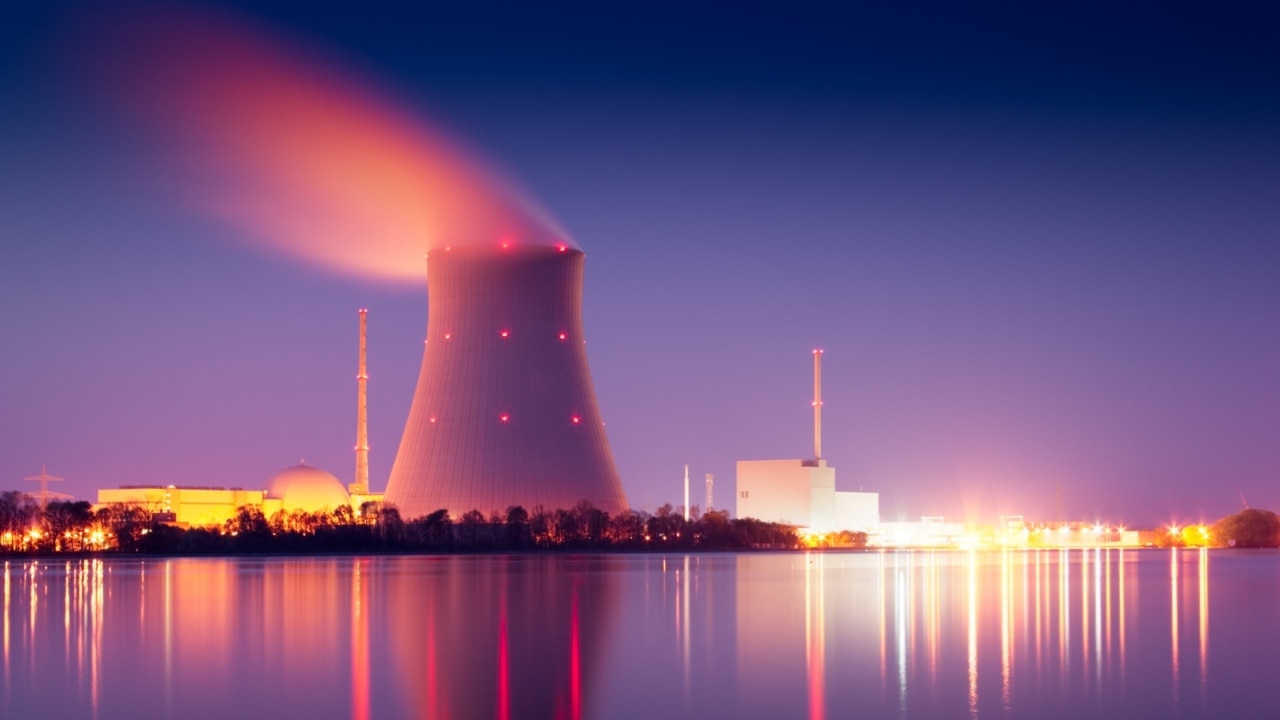Bungled design blamed for cracks in the lining of ANSTO’s new nuclear waste plant
A bitter clash has erupted over who is to blame for cracks appearing in the lining of the “hot cells” of a brand new radioactive waste plant.

NSW
Don't miss out on the headlines from NSW. Followed categories will be added to My News.
The lining within the “hot cells” of the new radioactive waste treatment plant at Lucas Heights has literally been peeling off, with secret details about the defect in the ANSTO-designed facility unveiled during a legal dispute.
The construction of the $27 million plant has been at the centre of a protracted legal battle between ANSTO and the contractor, with each blaming the other for the bungle.
The plant – which will become operation in the late 2020s – has been built to treat waste from the production of a special radioisotope called Mo-99 to be used in medicine.
Contractors were invited in 2017 to build the plant with ANSTO and Icon SI (Aust) – comprising Cockram Construction – awarded a contract for $27 million for the construction of the building.
However, Icon SI has since taken ANSTO to court with the two parties in dispute over the works, including the withholding of payments and who is responsible for the so-called “epoxy defect”.
A technology and construction list statement filed in the NSW Supreme Court late last year by lawyers for Icon IS revealed how ANSTO had noted a “subsisting defect in the epoxy coating”.
However, Icon SI’s lawyers claimed it was ANSTO which had caused the problem – now rectified – as it was its design.
“The defendant’s design at the junctions of steel and concrete failed to take into account the different thermal expansion of the two materials,” the statement said.
“The different thermal expansion of the two materials causes the epoxy coating at the junctions to crack.”
An Icon spokeswoman said the choice of lining within the hot cells had been found to be inadequate, resulting in the delamination and “peeling”.
While ANSTO was trying to “blame the builder”, it had only engaged Cockram under a “construct-only” contract, she said. She also claimed Cockram had been engaged before ANSTO had completed the design, drawings and broader contract documentation for the project.
“ANSTO has consistently tried to blame what are in fact design defects on the builder,” she said.
“One such issue is the lining chosen inside of the hot cell, which contains the nuclear waste. This specification has been found to be inadequate, resulting in delamination/peeling. The design of the hot cell remains unsuitable for its intended purpose.”
The Sunday Telegraph has been told the epoxy coating was applied to the internal floors and walls in the facility, and to the front and back of the hot cells.
The hot cells have yet to receive nuclear waste – which occurs during the “hot commissioning” phase – with the defect detected as it was undergoing cold commissioning. The plant has now been returned to “fit out” stage with defect being rectified by ANSTO.
An ANSTO spokeswoman said it was inappropriate to comment on the matter given the ongoing legal proceedings.
NSW Supreme Court Justice Michael Ball last month sent the matter to arbitration.
Got a news tip? Email weekendtele@news.com.au





